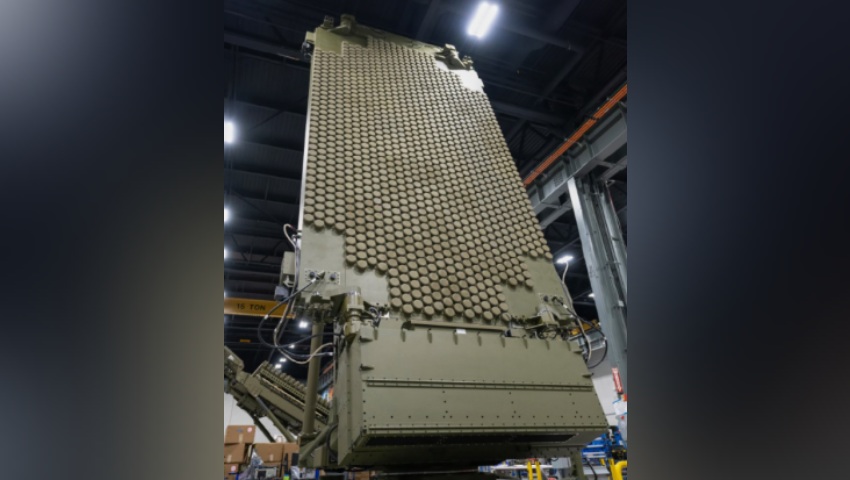The prime has advanced its development of an air defence radar for the US military.
To continue reading the rest of this article, please log in.
Create free account to get unlimited news articles and more!
Lockheed Martin has announced it has completed production of its first AN/TPY-4 radar, which was recently selected by the US Air Force for the Three-Dimensional Expeditionary Long-Range Radar (3DELRR) Rapid Prototyping program.
The technology is described as a multi-mission system capable of tracking current and emerging threats, integrating into existing air defence systems.
TPY-4, which is internationally available, is designed to operate in contested radio frequency (RF) environments, leveraging software-defined sensor architecture to enable the radar to quickly adjust to evolving threats and mission requirements.
Other features of the TPY-4 include:
- detection of small, hard-to-detect next-generation threats in heavy clutter;
- enabling radar operators to quickly pivot from one mission to another, addressing threats in a contested environment;
- fully digital system with operation and performance-defined software enabling quick upgrades to combat emerging threats; and
- availability in both fixed and transportable variants able to be transported via C-130, C-17, truck, rail, or helicopter.
“Lockheed Martin is committed to investing in advanced defence technology, and the TPY-4 radar is a direct result of those investments,” Rick Herodes, director of ground-based air surveillance radars at Lockheed Martin, said.
“TPY-4 meets the needs of a rapidly changing battlefield, marked by technological growth and the emergence of increasingly challenging threats.”
The completion of production comes just a month after the US Air Force selected the TPY-4 radar for the 3DELRR program, which includes production options for 35 long-range radar systems, planned to reach initial operational capability.
In July last year, the radar secured official nomenclature from the US government, with Kongsberg Defence & Aerospace (KDA) delivering the Platform Electronics Subsystem (PES) for the first TPY-4 radar.
[Related: Lockheed Martin puts Stalker UAS to the test ]

 Login
Login







